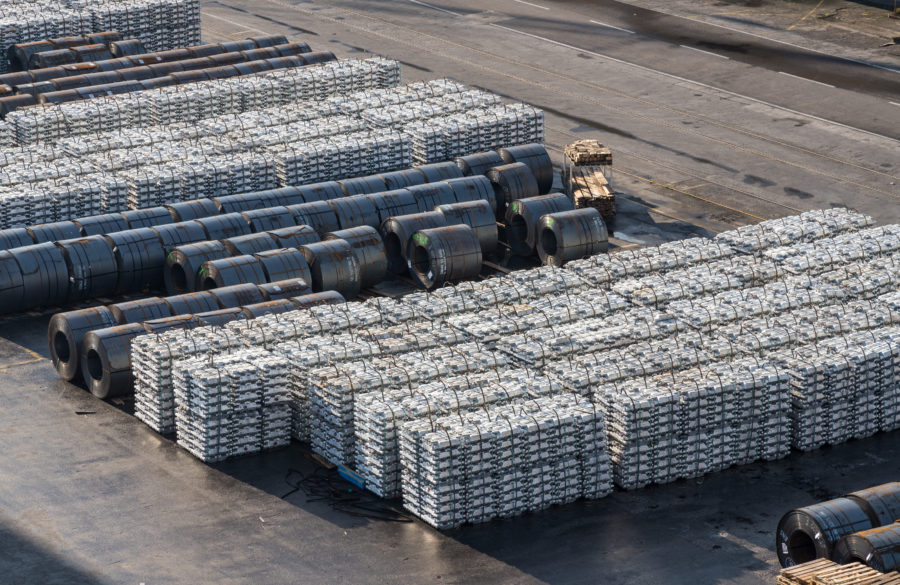LiDAR survey discovers Roman gold mines in Spain

Archeologists have long suspected that the Romans were mining for gold in Spain. The existence of ancient gold mines was confirmed by an aerial survey done last week above the northwestern province of León, using laser technology.
Researchers from the University of Salamanca made the discovery using an airborne laser detection system known as LiDAR. The remote sensing technology measures distance by illuminating a target with a laser and analyzing the reflected light. LiDAR is used in a number of scientific applications to make high-resolution maps, including geology, archeology, geomatics, geography, seismology and forestry. NASA developed LiDAR in the 1960s to analyze retreating Arctic ice and the composition of oceans.
Data from the LiDAR survey found that under vegetation and crops in the Eria Valley, there is a gold-mining network created by the Romans 2,000 years ago, along with complex hydraulic works to divert water to the mines, ScienceDaily.com reported:
“The volume of earth exploited is much greater than previously thought and the works performed are impressive, having achieved actual river captures, which makes this valley extremely important in the context of Roman mining in the north-east of the Iberian Peninsula,” ScienceDaily quoted Javier Fernández Lozano, geologist at the University of Salamanca and co-author of the study published in the Journal of Archaeological Science, as saying.
According to the article, Las Médulas in León is considered to be the largest open-cast gold mine from the Roman Empire. The remnants of Roman gold-mining have also been discovered in neighbouring Asturias province, where Astur Gold (TSXV:AST) is developing its Salave gold project, and Galicia, where Edgewater Exploration (TSXV:EDW) is advancing its Corcoesto prospect.
More News
Column: Europe’s future metals strategy hindered by current crisis
Chinese over-capacity and high energy prices have accelerated the long-term decline of European steel and aluminum production.
March 29, 2025 | 02:25 pm
Anglo starts talks with banks on possible De Beers IPO
Anglo is pursuing a dual-track process in its effort to exit De Beers by trying to find a buyer for the struggling business.
March 28, 2025 | 12:19 pm
{{ commodity.name }}
{{ post.title }}
{{ post.excerpt }}
{{ post.date }}



4 Comments
Yodle
Pictures????
TheHappyMiner
http://www.pasthorizonspr.com/index.php/archives/11/2014/extensive-roman-gold-mining-hydraulic-system-discovered-in-spain
chispy
Who owns the properties and who is in line to develop them and benefit should it be deemed commercially feasible?
LAMB
Finding the remnants of these Roman gold mines will certainly generate new operations since our modern techniques and processes can make them profitable. I expect that the Romans left a lot of gold in the ground since they probably relied on visual ore sorting to pick out large veins of native gold, and a lot of hand work to extract the gold. I would love to be involved in such a project. I always remember walking through the old Roman ruins in Tunisia and seeing the paving stones on the roads worn down by the chariot wheels.